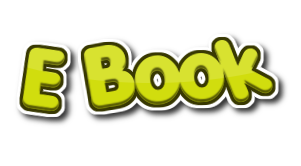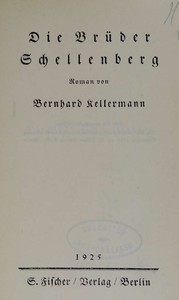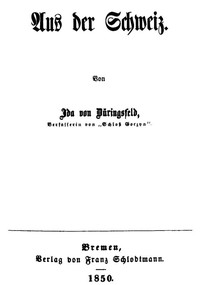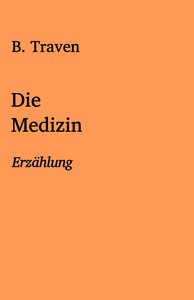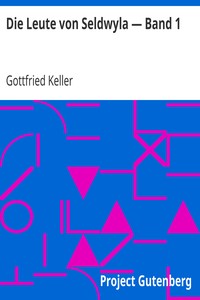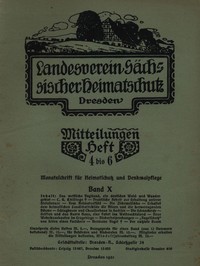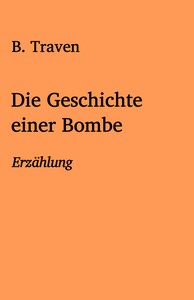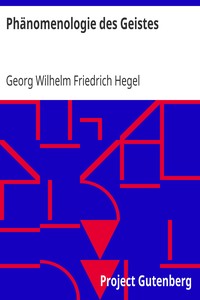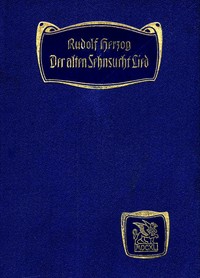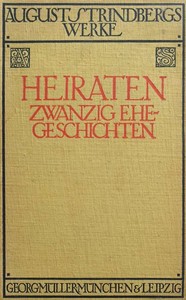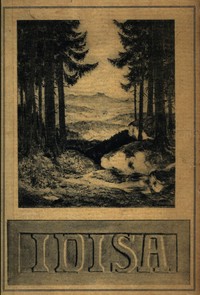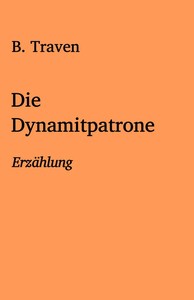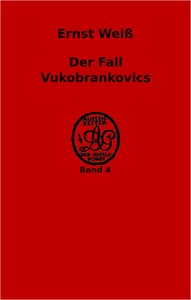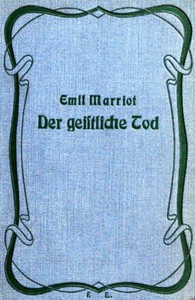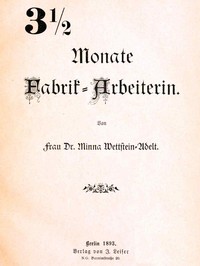Categories
Featured eBooks
Popular eBooks
History eBooks
With full of new history stories
View allRecent eBooks
- Featured

Sämtliche Werke 13 : Politische...
Authors:
Dostoyevsky, Fyodor, 1821...
In Economics
- Featured

Sämtliche Werke 12 : Literarisc...
Authors:
Dostoyevsky, Fyodor, 1821...
In Business
- Featured
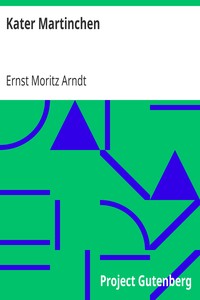
Kater Martinchen by Ernst Moritz...
Authors:
Arndt, Ernst Moritz, 1769...
In Leadership
- Featured
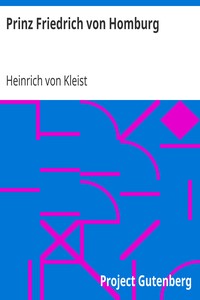
Prinz Friedrich von Homburg by H...
Authors:
Kleist, Heinrich von, 177...
In Product...
- Featured

Gretchen Reinwalds letztes Schul...
Authors:
Sapper, Agnes, 1852-1929
In Leadership
- Featured
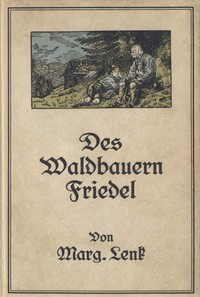
Des Waldbauern Friedel by Margar...
Authors:
Lenk, Margarete, 1841-1917
In Product...
- Featured

Der Mutterhof: Ein Halligroman b...
Authors:
Rose, Felicitas, 1862-1938
In Economics
- Featured
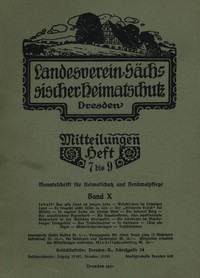
Landesverein Sächsischer Heimats...
Authors:
In Business
Adventure eBook
How to raise your business to the up level
View All
By using our site you agree to our use of cookies to deliver a better site experience.
